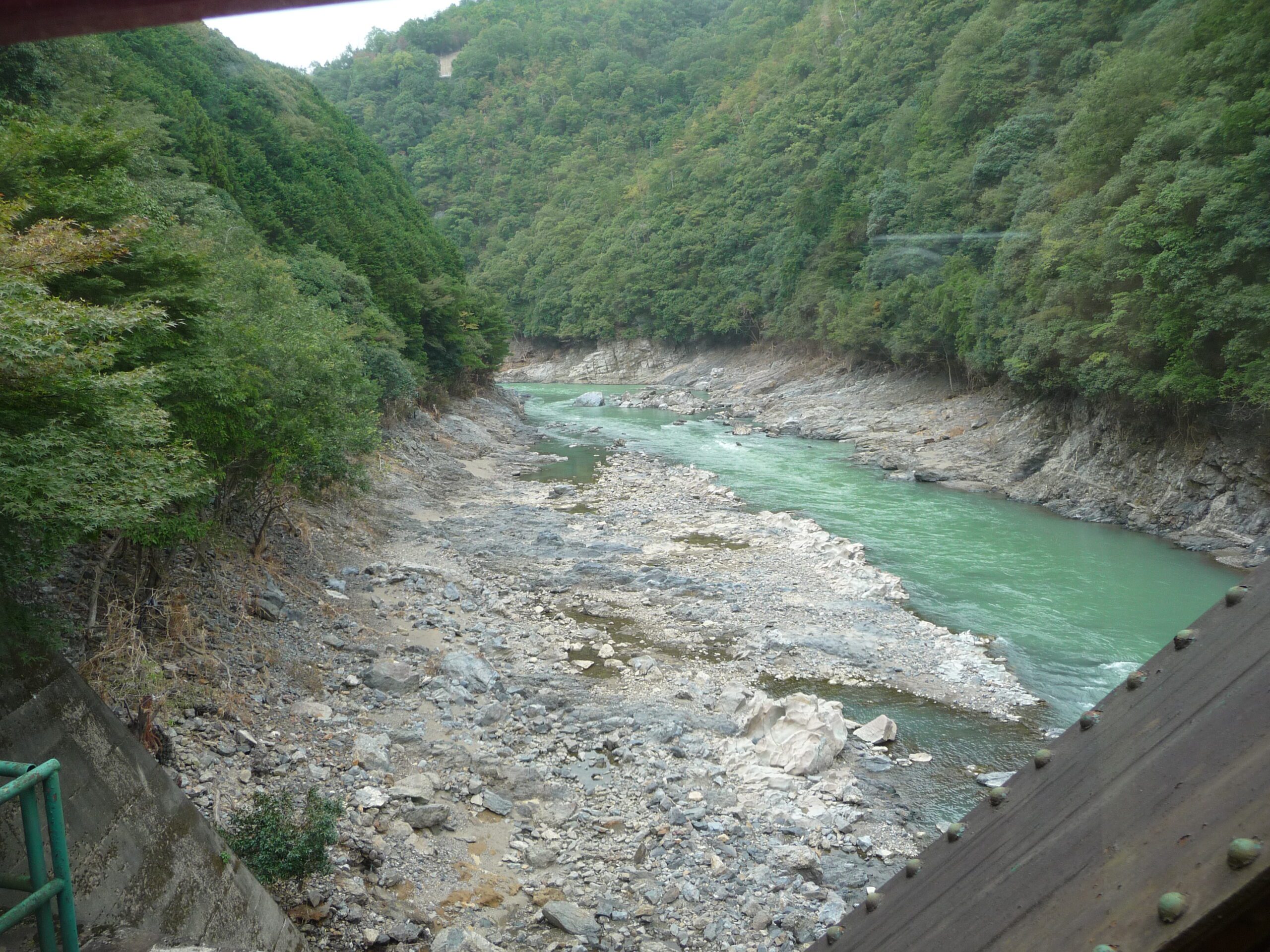According to the 12th-century Japanese poet
Photo by Author Akemi Sagawa
It’s almost impossible not to recite the opening phrase of Hojoki. The image of the flowing river is so inseparable from this essay written in 12th-century Japan, by Kamo no Chomei (1155 – 1216).
There are quite a few English translations of this famous opening phrase. Among them, the one by Minakata Kumagusu is my favorite. It goes like this:
“Of the flowing river the flood ever changeth, on the still pod the foam gathering, vanishing, stayth not. Such too is the lot of men and of the dwellings of men in this world of ours.”
Translated by Minakata Kumagusu and Viktor Dickins
…
In this quite short essay, the author mentions disasters, both natural and human-made, that he experienced while living in Kyoto.
- a great fire in 1177
- a significant storm in 1180
- a temporary move of the capital to Fukuhara and the great confusion caused by it in 1180
- a terrible famine in 1181 – 1182
- a devastating earthquake in 1185
So many people’s lives were lost. So many houses, small and large, were destroyed. Wealth, power, fame… nothing stays the same. How fragile a person’s life…
Impermanence is the underlying theme of this essay. And the author finds the theme best exemplified by the river’s flow.
行く川の流れは絶えずしてしかも元の水にあらず。澱みに浮かぶうたかたは、カウ消えかつ結びて久しく止まることなし。世の中の人と住みかと、またかくの如し。
Source: Minakata Kumakusu and F. Victor Dickins “A Japanese Threau of the Twelfth Century, Notes from a Jo-Square Hut”, Journal of the Royal Asiatic Society of Great Britain and Ireland, April, 1905.
